Table of Contents
Natural Disasters: A disaster is a sudden and severe event that causes significant damage, destruction, and loss of life or property.
Natural disasters are extreme and sudden events caused by natural processes that result in significant damage, destruction, and loss of life. They are often uncontrollable and can have a severe impact on the environment and human populations.
Natural disasters can be categorized into several different types based on their underlying causes and the elements of nature involved.
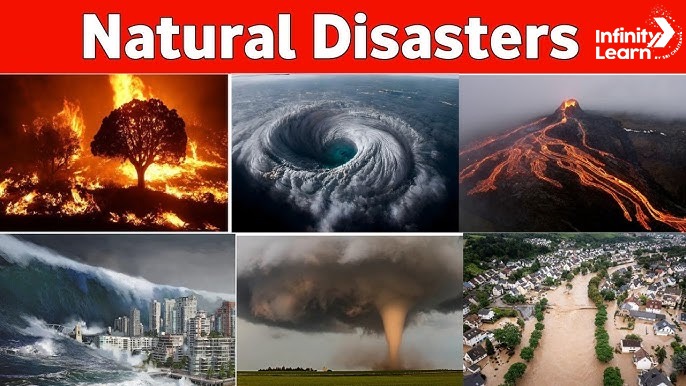
What is Natural Disasters
Natural disasters are powerful, often catastrophic events caused by natural forces in the environment, such as earthquakes, hurricanes, floods, wildfires, and volcanic eruptions. These events disrupt ecosystems, damage infrastructure, and pose significant risks to human life and health. They arise from natural processes like tectonic movements, extreme weather, or atmospheric disturbances, which can lead to rapid and severe consequences. Managing and mitigating natural disasters requires early warning systems, emergency preparedness, and resilient infrastructure to reduce the impact on communities and economies. Efforts to understand and predict these disasters are vital in minimizing their devastating effects and improving overall safety and sustainability.
The different categories for Natural Disasters
Geological Disasters
Geological disasters are caused by the movements and activities of the Earth’s crust. These include:
- Earthquakes: Sudden shaking of the Earth’s surface caused by the release of energy in the Earth’s crust.
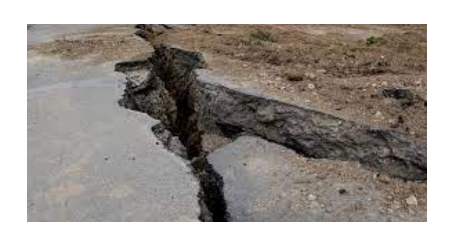
- Volcanic Eruptions: The eruption of molten rock, ash, and gases from a volcano.
- Tsunamis: Large ocean waves triggered by underwater earthquakes, volcanic eruptions, or landslides.
- Landslides: Rapid downhill movement of rock, soil, or debris due to gravity.
Meteorological Disasters
Meteorological disasters are caused by atmospheric conditions and weather phenomena. These include:
Hurricanes, Cyclones, Typhoons: Intense tropical storms characterized by strong winds and heavy rainfall.
- Tornadoes: Violently rotating columns of air that extend from thunderstorms to the ground.
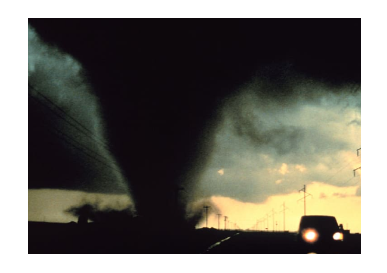
- Thunderstorms: Storms with lightning, thunder, heavy rainfall, and strong winds.
- Hailstorms: Severe storms where frozen raindrops, called hail, fall from the sky.
- Blizzards: Severe winter storms characterized by strong winds, heavy snowfall, and low visibility.
- Heatwaves: Prolonged periods of excessively hot weather.
Hydrological Disasters
Hydrological disasters are related to water and its destructive forces. These include:
- Floods: Overflow of water onto normally dry land, often caused by heavy rainfall, melting snow, or dam failure.
- Flash Floods: Rapid and sudden flooding typically caused by heavy rainfall in a short period or dam failures.
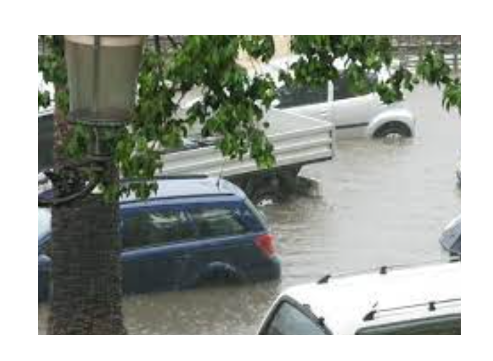
- Riverine Floods: Floods caused by overflowing rivers or excessive rainfall in river catchment areas.
- Coastal Floods: Flooding that occurs along coastal areas due to storms, high tides, or sea-level rise.
- Dam Failures: The catastrophic failure of dams, leading to the release of a large volume of water.
Climatological Disasters
Climatological disasters are related to long-term weather patterns and climate conditions. These include:
- Droughts: Extended periods of low rainfall resulting in water scarcity and agricultural losses.
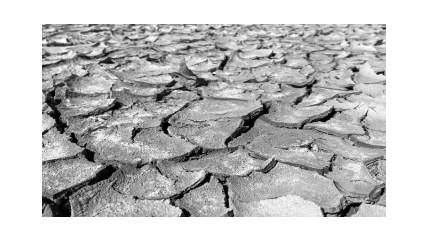
- Wildfires: Uncontrolled fires that rapidly spread through vegetation, often exacerbated by dry and hot conditions.

- Desertification: The process by which fertile land becomes desert due to various factors like climate change, overgrazing, and deforestation.
- Heatwaves: Extended periods of abnormally high temperatures, which can have detrimental effects on human health and ecosystems.
Biological Disasters
Biological disasters involve the outbreak or spread of diseases and infestations. These include:
- Epidemics/Pandemics: Widespread outbreaks of infectious diseases affecting a large population or multiple countries.

- Insect Infestations: Massive swarms or outbreaks of insects, such as locusts, that can cause agricultural devastation.
- Disease Outbreaks in Plants and Animals: Outbreaks of diseases that affect crops, livestock, or wildlife populations.
Space Weather Disasters
Space weather disasters are caused by disturbances in the Earth’s magnetic field and solar activity. These include:
Solar Flares and Coronal Mass Ejections: Ejections of charged particles from the Sun that can interfere with power grids, communication systems, and satellite operations.
Understanding the different categories of natural disasters is crucial for disaster preparedness, response planning, and implementing appropriate safety measures. Each category has its own unique characteristics, impacts, and mitigation strategies, which help minimize the loss
Types of Natural disasters
The types of Natural disasters can be classified into various types based on their underlying causes and characteristics. Some common types include:
- Earthquakes: Sudden shaking or trembling of the Earth’s surface caused by the release of energy in the Earth’s crust.
- Hurricanes/Cyclones/Typhoons: Intense tropical storms characterized by strong winds and heavy rainfall, forming over warm ocean waters.
- Floods: Overflow of water onto normally dry land, often caused by heavy rainfall, melting snow, or dam failure.
- Tsunamis: Large ocean waves generated by underwater disturbances, such as earthquakes, volcanic eruptions, or landslides.
- Tornadoes: Violently rotating columns of air extending from a thunderstorm to the ground, characterized by strong winds and a funnel-shaped cloud.
- Wildfires: Uncontrolled fires that rapidly spread through vegetation, fueled by dry conditions, high temperatures, and strong winds.
Examples: Examples of natural disasters include the 2004 Indian Ocean tsunami, the 2011 Tohoku earthquake and tsunami in Japan, Hurricane Katrina in 2005, the 2010 Haiti earthquake, and the 2019-2020 Australian bushfires.
Causes of Natural Disaster
Natural disasters occur due to natural processes and phenomena. Earthquakes result from tectonic plate movements, hurricanes and cyclones form over warm ocean waters, floods can be caused by heavy rainfall or dam failure, and wildfires can be ignited by lightning or human activities.
Precautions of Natural Disasters
While it is impossible to prevent natural disasters, taking precautions can help mitigate their impact. Some common precautions include:
- Developing early warning systems to alert people about impending disasters.
- Implementing land-use planning to avoid construction in high-risk areas.
- Constructing sturdy buildings and infrastructure that can withstand disasters.
- Educating the public about safety measures and evacuation procedures.
- Establishing emergency response systems and training disaster response teams.
- Conserving natural resources and protecting ecosystems to maintain natural buffers against disasters.
It is important for individuals, communities, and governments to be prepared, have emergency plans in place, and work towards building resilience to minimize the loss of life and property caused by natural disasters.
Some examples of specific natural disaster events that have occurred in recent history
| Type of Natural Disaster | Date | Example Events |
| Earthquakes | 2011 2010 |
Tohoku Earthquake and Tsunami (Japan), Haiti Earthquake |
| Volcanic Eruptions | 1991 2010 |
Mount Pinatubo Eruption (Philippines), Eruption (Iceland) |
| Tsunamis | 2004 2011 |
Indian Ocean Tsunami Tōhoku Tsunami (Japan) |
| Hurricanes/Cyclones | 2005 2020 |
Hurricane Katrina (USA), Cyclone Amphan (India and Bangladesh) |
| Tornadoes | 2013 1999 |
Moore Tornado (USA), Bridge Creek-Moore Tornado (USA) |
| Floods | 1998 2010 |
Yangtze River Floods (China), Pakistan Floods |
| Wildfires | 2019-2020 2020 |
Australian Bushfires, California Wildfires |
| Droughts | 2011-2017 2018-2019 |
California Drought (USA), Cape Town Drought (South Africa) |
| Epidemics/Pandemics | 2020 ongoing |
COVID-19 Pandemic (), 2009 H1N1 Influenza Pandemic |
| Heatwaves | 2003 2019 |
European Heatwave, European Heatwave |
| Storm Surges | 1953 2013 |
North Sea Flood (Europe), Haiyan Storm Surge (Philippines) |
Please note that this table provides only a selection of significant natural disaster events and is not an exhaustive list. Natural disasters can occur worldwide, and there are many more events that have happened and continue to occur across different regions and timeframes.
FAQs on Natural disasters
What is a natural disaster?
A natural disaster is an extreme and sudden event caused by natural forces or processes that result in significant damage, destruction, and loss of life or property.
What are the different types of natural disasters?
Natural disasters can include earthquakes, hurricanes, floods, wildfires, tsunamis, tornadoes, droughts, volcanic eruptions, and more. There are several categories based on their causes and characteristics.
How do natural disasters occur?
Natural disasters occur due to natural processes such as geological movements, weather patterns, climatic changes, and biological factors. For example, earthquakes are caused by tectonic plate movements, while hurricanes are formed over warm ocean waters.
What are the impacts of natural disasters?
Natural disasters can have severe impacts, including loss of life, injuries, damage to infrastructure, destruction of homes and buildings, displacement of people, disruption of essential services, and environmental degradation.
How can we prepare for natural disasters?
Preparedness measures include creating emergency plans, assembling disaster supply kits, staying informed about weather alerts, reinforcing structures, and having evacuation plans. It's essential to follow guidelines from local authorities.
Can natural disasters be predicted?
While some natural disasters can be predicted to a certain extent, such as hurricanes and some earthquakes, accurate predictions for all types of disasters are challenging. However, advanced monitoring systems and technology have improved prediction capabilities.
What are some historical natural disasters?
Historical natural disasters include the 2004 Indian Ocean tsunami, the 2011 Tohoku earthquake and tsunami in Japan, Hurricane Katrina in 2005, and the 2010 Haiti earthquake. These events have had significant impacts on communities and regions.
How can we mitigate the effects of natural disasters?
Mitigation involves taking measures to reduce the impact of disasters. This includes implementing building codes, constructing infrastructure to withstand disasters, improving early warning systems, and promoting community education and preparedness.
What are the long-term effects of natural disasters?
Natural disasters can have long-term effects on communities and ecosystems. These can include economic losses, psychological impacts, changes in the environment, and the need for long-term recovery and rehabilitation efforts.








